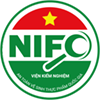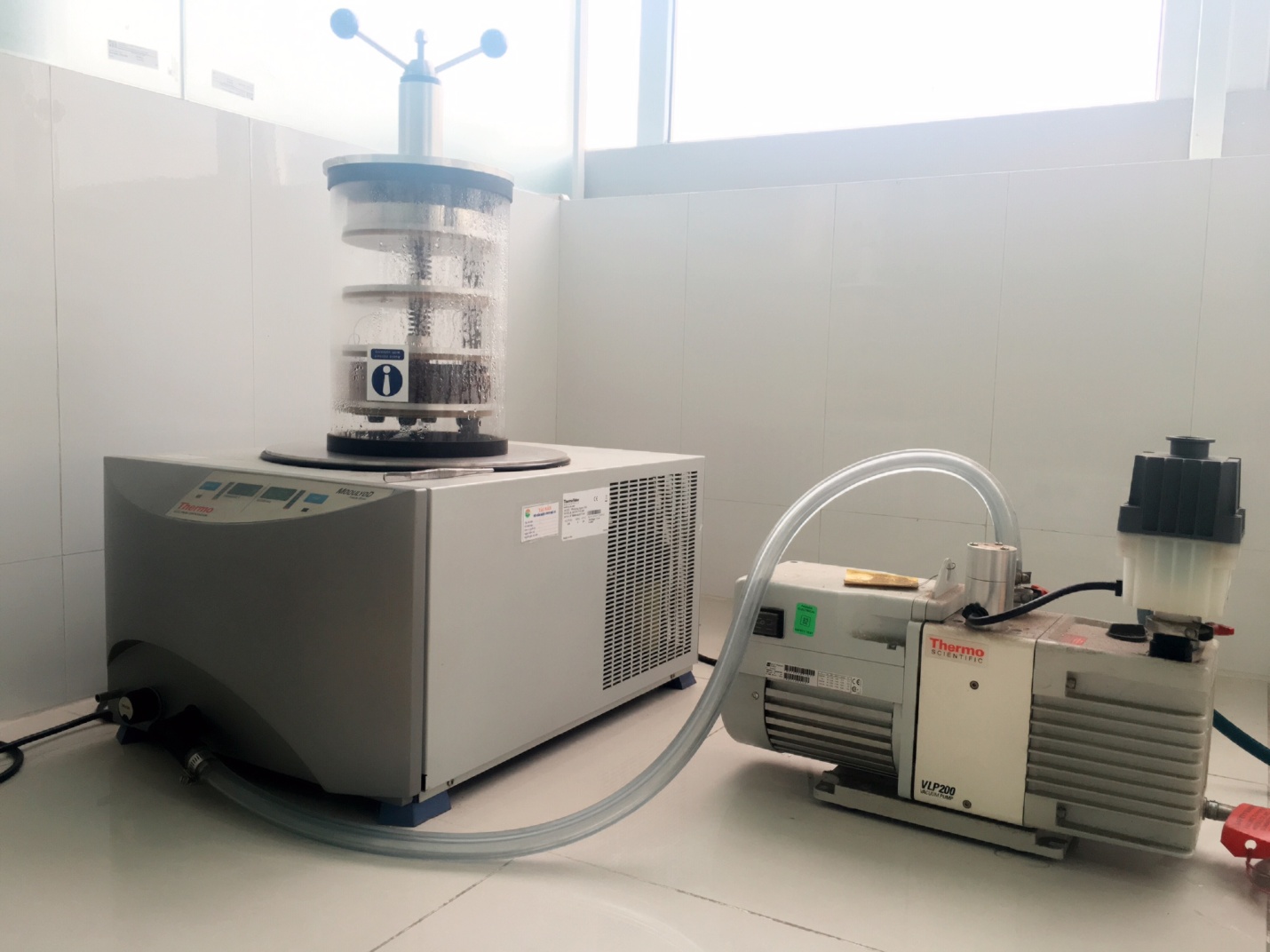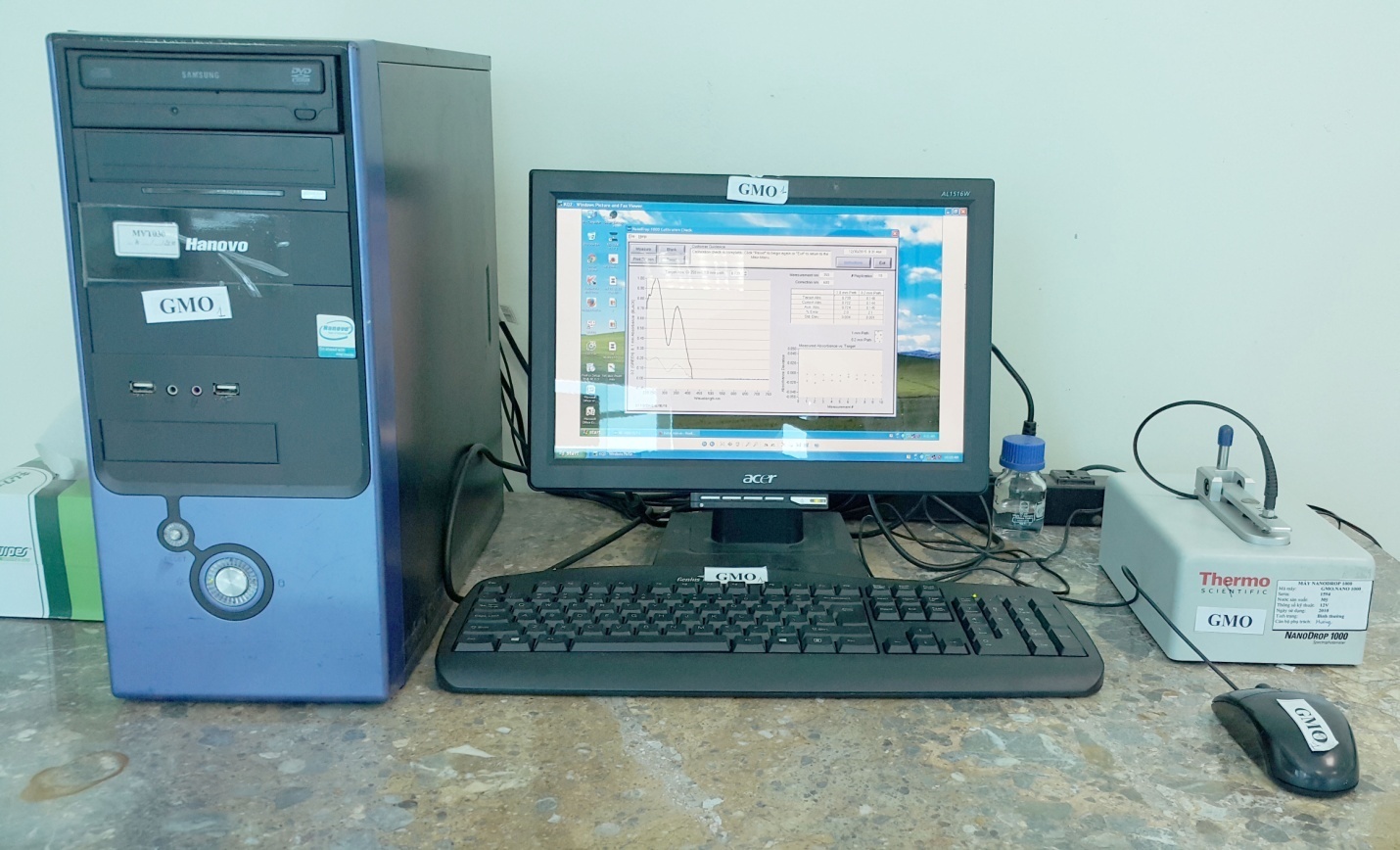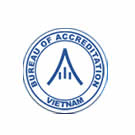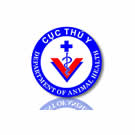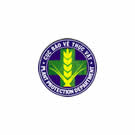- Folder Biological field
- Views 5608
- Last Updated 22/04/2022
1. Principles of PCR CFX96 Real time operating system
CFX Real time PCR System 96 includes two parts: an annealing chamber thermal rotation and a real-time device. Real-time device is an optical device with two functions: (1) There is the light source which emits stimulate light rays (excitation light) defined wavelength onto the reaction tube real-time PCR; (2) There are optical sensors which record emitted light fluorescence (light emission) from the real time PCR reaction tube after excitation projection rays.
CFX 96 is the device real time using LEDs as stimulated light sources. The LEDs is sticked on a basse and this base move closed to kept heat chamber to watch the stimulate light rays to the reaction tubes and receive the emited fluorescence light.
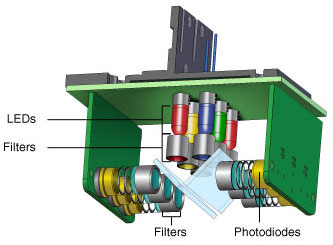
Figure 1: System 6 LEDs with filter (6 Filtered LEDs) and 6 optical sensors with filter (6 Filtered photodiodes) fixed on a base and move closed to kept heat chaber of real-time PCR CFX 96

Figure 2: Mold reduced volume samples containing patented heating and cooling faster than the standard mold should speed up the average temperature change and reduce overall runtime.
2. Chemicals and reagents for real time PCR
Chemicals and reagents in the reaction tube is real time PCR fluorescent substances are added along with Tag DNA polymerase, dNTP, MgCl2 with stroma and ultrapure water.
a. A. Fluorescent substance is a fluorescent color inserted to double-stranded DNA
The addition of a inserted reagent (eg, SYBR Green I) led to the phenomenon of fluorescence when clinging to double-stranded DNA in the reaction mixture under the effect of light sources that stimulated light. Measuring the fluorescence, we can quantify goal DNA and DNA melting curve analysis (melt curve) and peak flow (melt pick) of the amplified products.
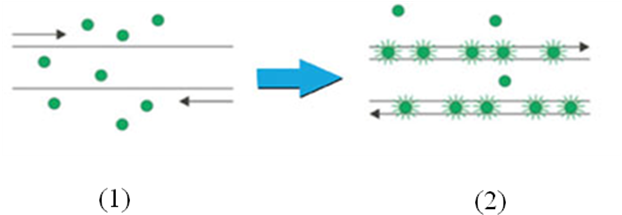
Figure 3: Mechanism of SYBR Green I activity:
(1) When no amplification products: reactive tube without fluorescence when receiving excitation light.
(2) When the amplified products to the limit of detection: SYBR I inserted DNA double strand, reactive tube received the fluorescence when receiving excitation light.
b. Use probe as fluorophores
Probe called detective segerment or detective probes, single-stranded oligonucleotide segments are additional pairs with a specific sequence of DNA on purpose. Using detective probe as fluorescence excitation light based on the principle that the presence of specific amplification products in the reaction tube, there will be a pairing of the probe to the specific sequencing of amplified products. When pairing occurs, It happend the exciting of fluorescence from the reaction tube under the effect of stimulated light source.
3. The application uses real-time PCR in the department of GMO
a. Detection and quantification of GMOs in food, food ingredients, dietary supplements, feed
- Detecting GMO by screening method by factors such as P35S, T-NOS.
- Detect and quantify each specific event streams GMO (GTS 40-3-2 soybean, MON 810 maize lines, MON 89034, MON 863, BT 176, BT 11, GA21, NK 603, TC 1507, T25 , MON 88 017 ...).
- Detection of specific genes Lec species (soybean), HMG gene (maize).
- To detect the DNA of animals (cattle, chickens, pigs, goats, sheep, horses ...) in food, food ingredients, animal feed ...
- Define the percentage of meat in processed foods.
- Detect DNA in vegetarian food animals.
b. Check gene expression pathways of signal transduction in the study on the bioavailability of drugs, foods and functional foods in vitro, for example, the insulin signaling pathway, Toll road like receptors ...
